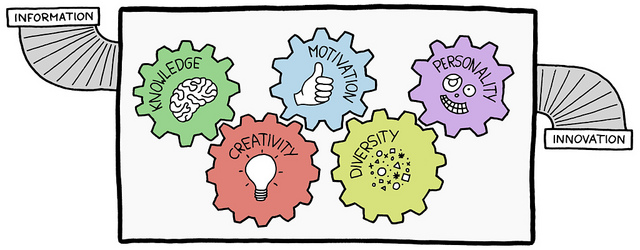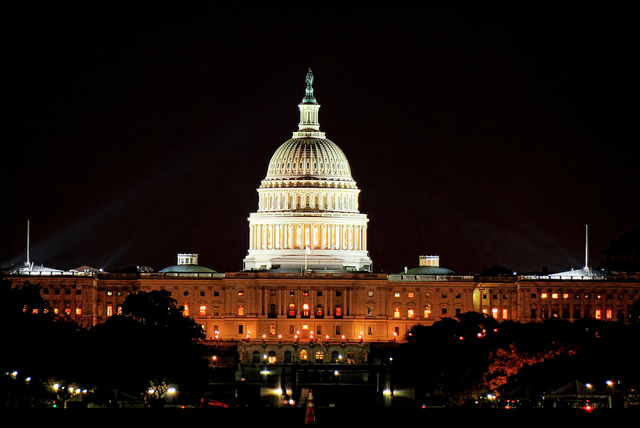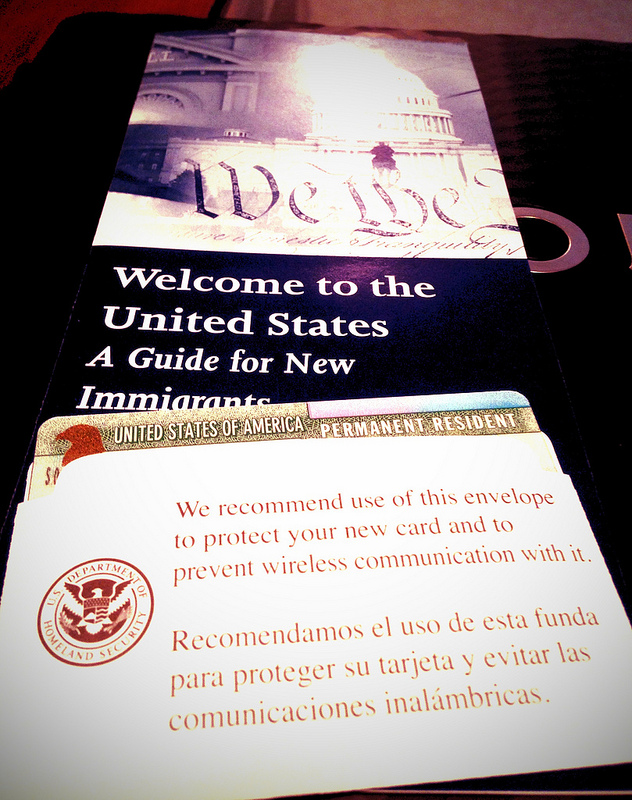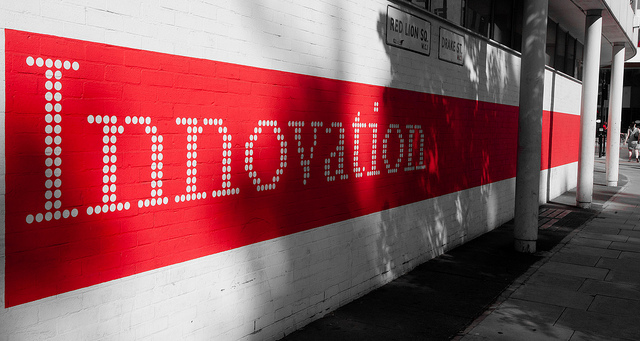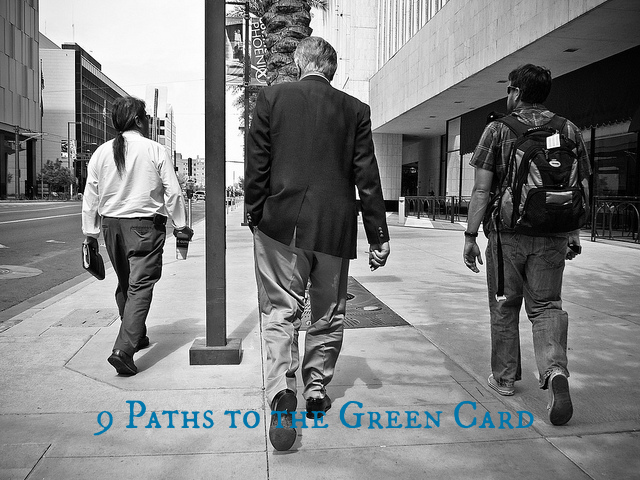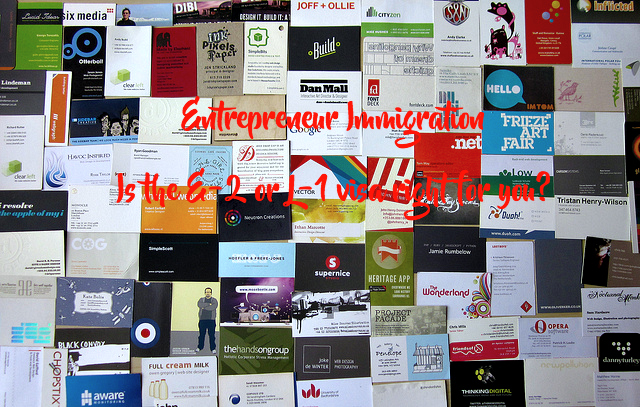On December 12, 2016, the Department of State published the Annual Numerical Limits for both family and employment-based visa preference categories for Fiscal Year 2017.
Family preference and employment immigrant categories are subject to numerical limitations and are divided by preference systems on the Visa Bulletin and become current based on the immigrant’s priority date. The Visa Bulletin estimates immigrant visa availability for prospective immigrants. Applicants who fall under family preference or employment categories must wait in line until an immigrant visa becomes available to them, for applicants to proceed with their immigrant visa application. Once the immigrant’s priority date becomes current per the Visa Bulletin, the applicant can proceed with their immigrant visa application. A priority date is generally the date when your relative or employer properly filed the immigrant visa petition on your behalf with USCIS. The Visa Bulletin exists due to numerical immigrant visa limitations for family-sponsored and employment-based preference categories established by the Immigration and Nationality Act (INA). Family-sponsored preference categories are limited to a minimum of 226,000 visas per year, while employment-based preference categories are limited to a minimum of 140,000 visas per year. The Visa Bulletin is a useful tool for aliens to determine when a visa will become available to them so that they may apply for permanent residence.
 Visa Lawyer Blog
Visa Lawyer Blog



